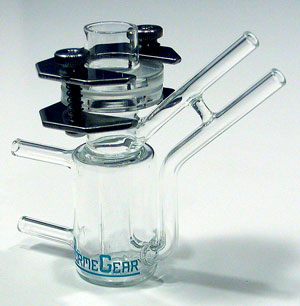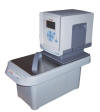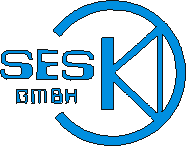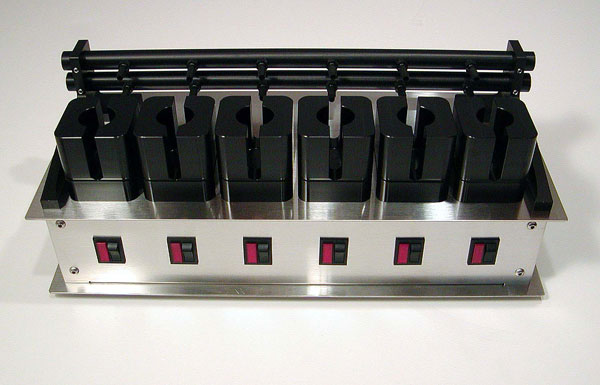Equipment that measures permeation through membranes







Back to Main Page


| - Diffusion Cells / Franz Diffusion Cells / Franz Cells - | ||||
|
Equipment that measures permeation through membranes |
||||
|
|
|
 |
|
|
| Franz Cells | Side - Bi - Side Cells | In Line Cells | Flow Type Franz Cells | Cell Stands |
 |
 |
 |
||
| Nail Adapter for Franz Cells | Franz Cell Accessories | Answers to Frequently Asked Questions | ||
| Automated Systems | ||||
 |
 |
|
||
| In Line Diffusion Cell | SES Thermostat SC100 | Franz Cell System | ||
| Stirrers |
 Back to Main Page |
|||
 |
 |
|||
| V-Series | H-Series | |||
|
In-Line Cells or Bronaugh cells? |
|
The Bronaugh cell has input and output arms pressed into its teflon body. Over time these arms can become loose and leak. Teflon also has a cold flow property and during the attachment and detachment of the tubing element from the peristaltic pump, the arms are moved ever so slightly side to side and ultimately come loose. Our In-Line Cells use standard 1/4-28 HPLC fittings to attach the tubing to both ports of the receptor chamber. The glass viewing port in the bottom of a Bronaugh cell is pressed in and cannot be removed without completely ruining the cell. The manufacturing processes used in making these 1/4" thick "glass beads" often make it difficult to see into the receptor chamber. Our In-Line cells use a 1/16" thick glass disc which is held in place by a locknut and a unique sealing ridge at the base of the receptor compartment. The underside of the membrane is easily seen and the window is handily removed for properly cleaning the cell. The bodies of our In-Line cells are made of Kel-F or Neoflon, the same material the arms of the Bronaugh cells are made of. Kel-F is tough and servicable over the long term and has less adsorption problems than teflon, it also is moisture and radioactivity impermeable. Our In-Line cells can be supplied with all kinds of different donor compartment and receptor compartment dimensions and volumes because we manufacture them ourselves. Our #1K001-9-C In-Line Cell has internal dimensions identical to Crown's popular TDC-01-9 Bronaugh cell if you already have data that has been gathered from them. Many times the inherent constraints of the Bronaugh cell design do not allow data to be gathered in the manner you want. Our clamping mechanism is designed to allow the user to gently place the donor compartment on top of the membrane and clamp it with our unique clamping spring. The pressure of the spring is settable with setting and locking nuts and is uniform across the top of the donor compartment. The Bronaugh cell clamp nut is screwed down on top of the membrane with the usual rotary motion and as it contacts the membrane it may twist, deforms and occasionally tear it. |
|
|
SES GmbH - Analytical Systems | ||||
| Friedhofstr. 7-9 - 55234 Bechenheim / Germany | |||||
| phone.: +49 6736 1301 | fax: +49 6736 1305 | Email: ses_analysesysteme@t-online.de | |||